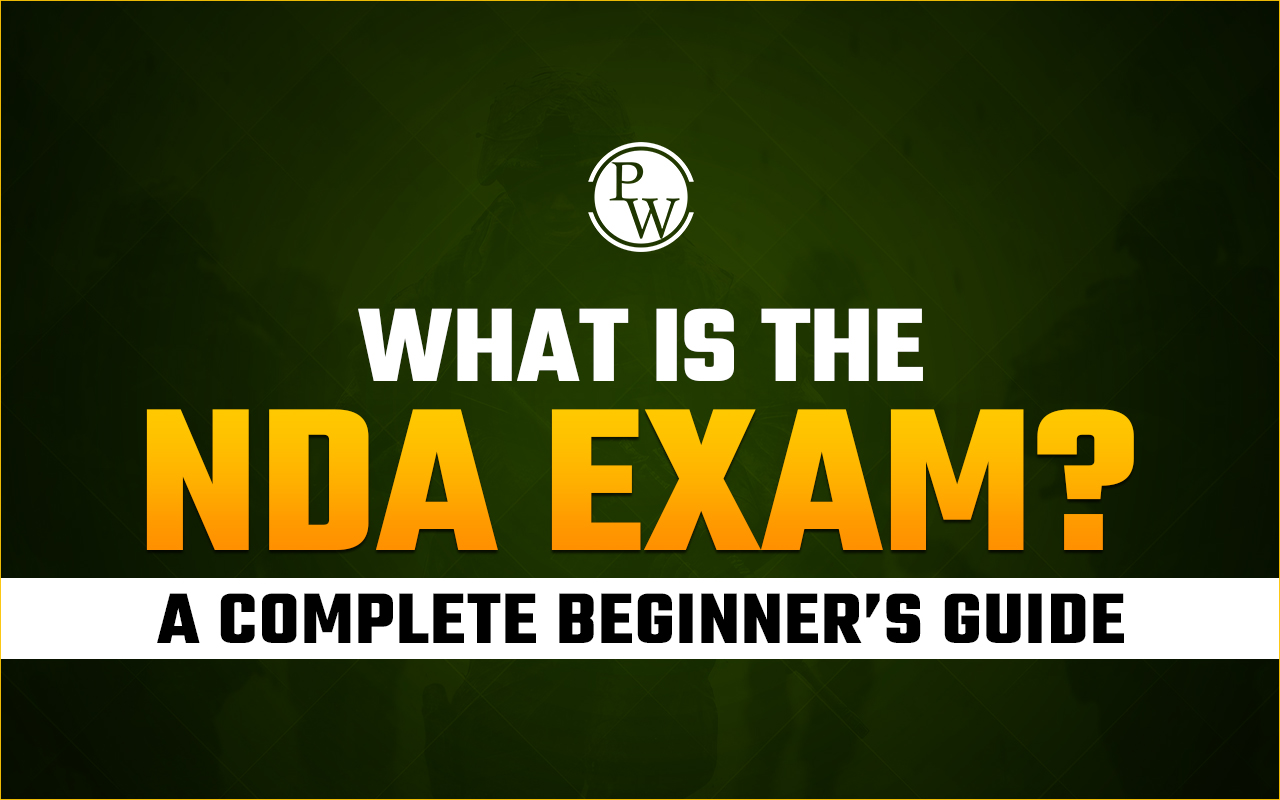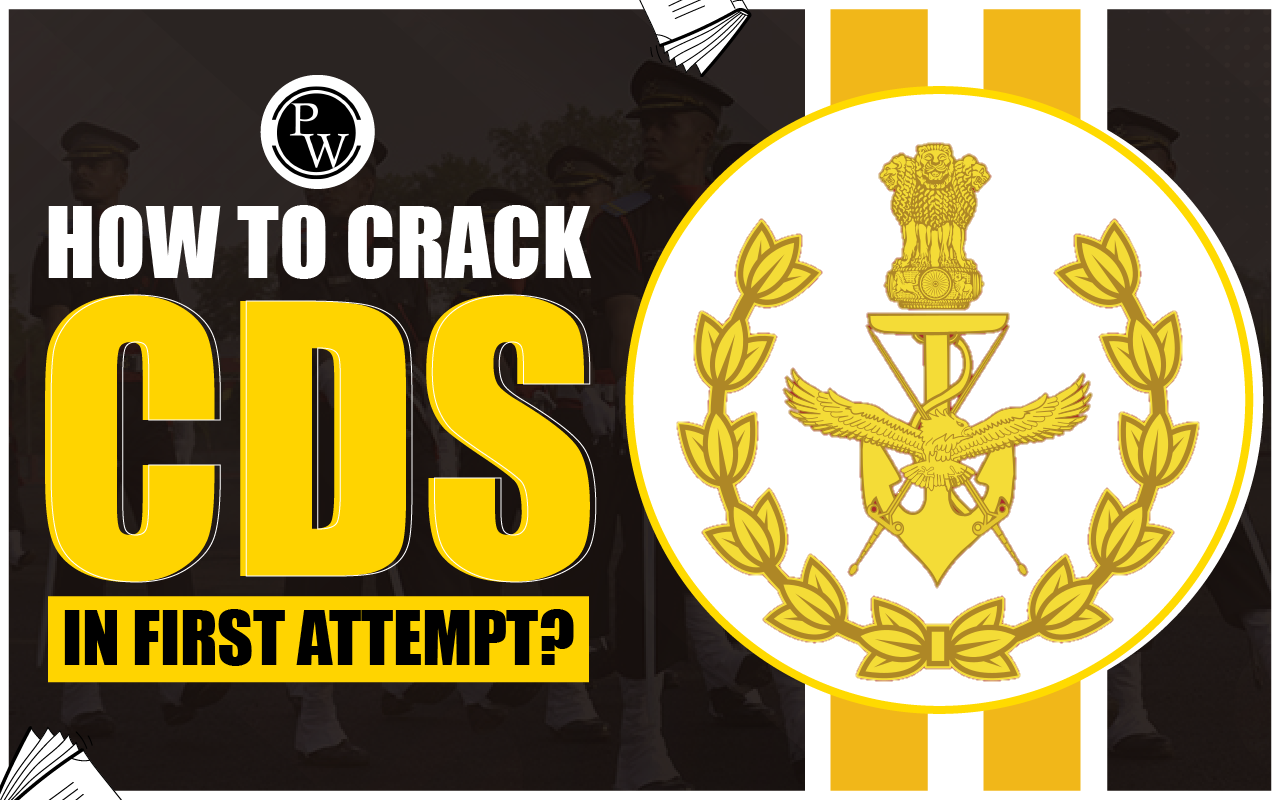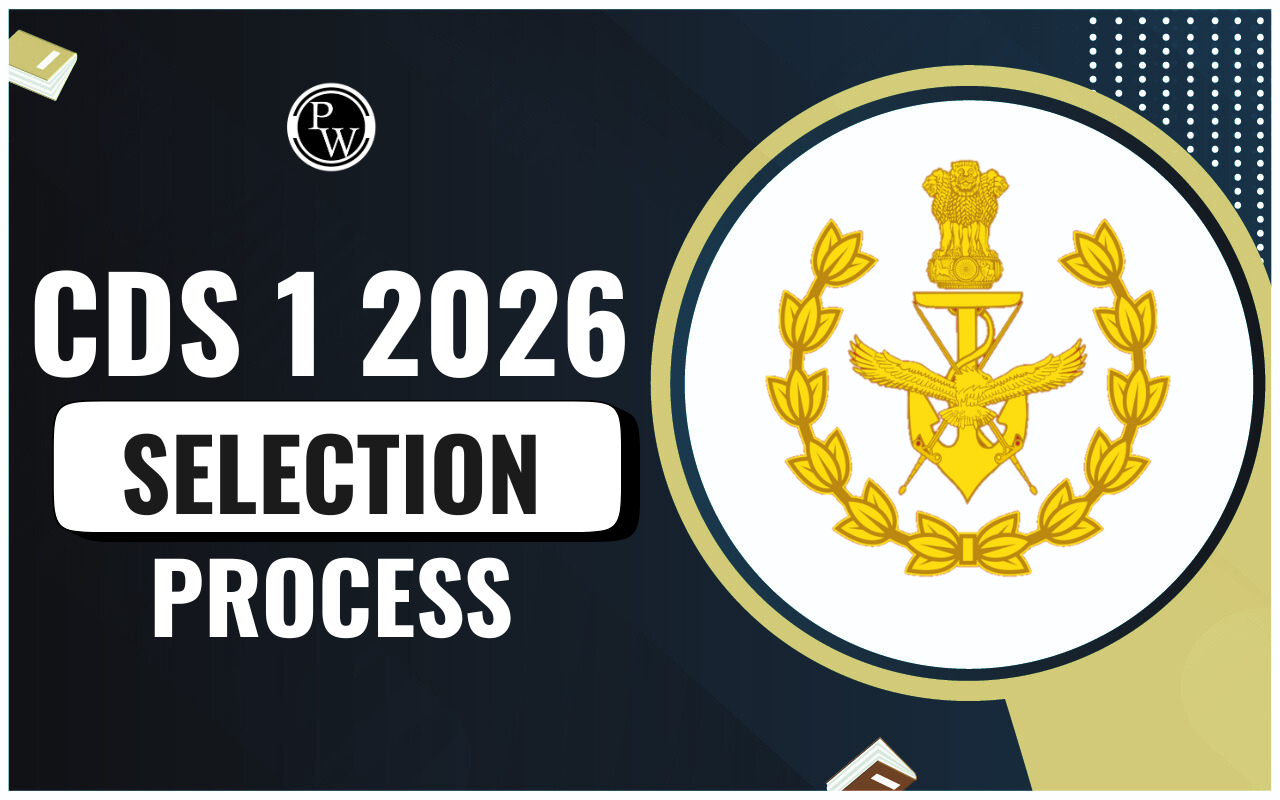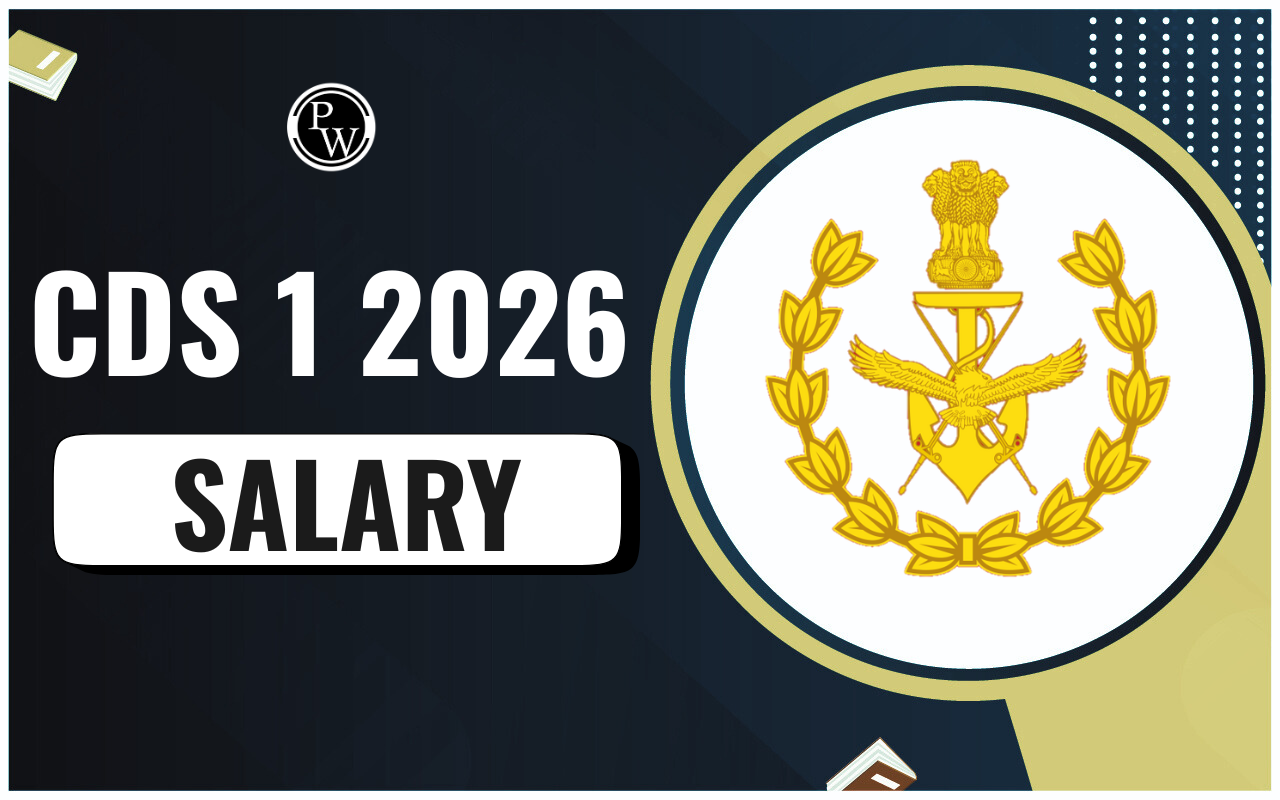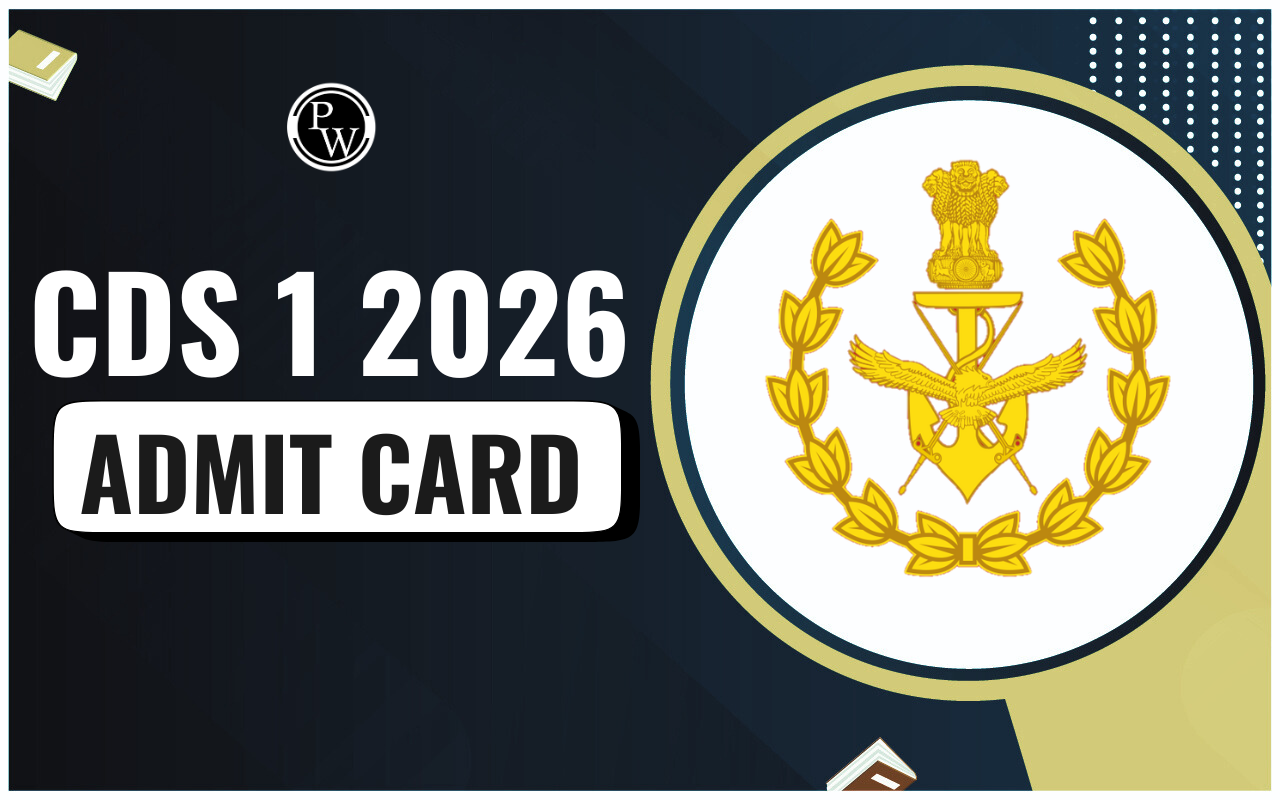
Basic Structure of Indian Air Force: The Indian Air Force (IAF) is the air arm of the Indian Armed Forces. It is responsible for safeguarding Indian airspace and conducting aerial warfare during conflicts. The organizational structure of Indian Airforce ensures operational efficiency, strategic flexibility, and rapid response capabilities. This article provides a detailed overview of the basic structure of the Indian Air Force, highlighting its command hierarchy, key formations, and various units.
Organizational Structure of the Indian Air Force
The Indian Air Force is organized into several commands, each responsible for specific geographic areas or functional roles. The overall structure includes the Air Headquarters, operational commands, and various support units.Air Headquarters
Air Headquarters (Vayu Bhawan) is the top-level structure where the Chief of the Air Staff (CAS) and senior officers make strategic decisions. The CAS is assisted by Vice Chief of the Air Staff (VCAS) and Deputy Chiefs of the Air Staff (DCAS), along with several Principal Staff Officers (PSOs) who oversee different branches such as operations, maintenance, administration, and training.Operational Commands of Indian Airforce
The IAF's operational commands are geographically distributed across India, each tasked with overseeing operations within their respective areas. There are five operational commands:| Command Name | Headquarters | Responsibility |
|---|---|---|
| Western Air Command | New Delhi | Northern and Western India |
| Eastern Air Command | Shillong | Eastern India |
| Central Air Command | Prayagraj | Central India |
| Southern Air Command | Thiruvananthapuram | Southern India |
| South Western Air Command | Gandhinagar | Western and Southwestern India |
Functional Commands of Indian Airforce
In addition to operational commands, the IAF has two functional commands that provide specialized support:| Command Name | Headquarters | Responsibility |
|---|---|---|
| Training Command | Bangalore | Training and education of IAF personnel |
| Maintenance Command | Nagpur | Maintenance and logistics support |
Hierarchy of the Indian Air Force
The Indian Air Force (IAF) hierarchy is structured to ensure clear lines of command and efficient operational management. Here is an overview of the hierarchical structure from the highest-ranking officers to the junior ranks, along with the primary units and their roles.Officer Ranks in Indian Airforce
The officer ranks in the IAF are as follows, in descending order of seniority:| Rank | Insignia Description | Role |
|---|---|---|
| Air Chief Marshal | Four stars and a crossed baton and sword with an eagle | Chief of the Air Staff, overall command of the IAF |
| Air Marshal | Three stars and a crossed baton and sword with an eagle | Senior commands and strategic planning |
| Air Vice Marshal | Two stars and a crossed baton and sword with an eagle | Commands Air Force stations and groups |
| Air Commodore | One star and a crossed baton and sword with an eagle | Commands wings and stations |
| Group Captain | National emblem and a striped shoulder board | Commands squadrons and airbases |
| Wing Commander | National emblem and two stripes on shoulder board | Commands wings and squadrons |
| Squadron Leader | National emblem and one stripe on shoulder board | Commands flights within squadrons |
| Flight Lieutenant | Two stripes on shoulder board | Leads smaller units or assists higher command |
| Flying Officer | One stripe on shoulder board | Entry-level officer, commands junior personnel |
Airmen Ranks in Indian Airforce
The non-commissioned officers and airmen ranks are as follows, in descending order of seniority:| Rank | Insignia Description | Role |
|---|---|---|
| Master Warrant Officer | Wreath around three chevrons and an eagle | Senior enlisted advisor and experienced technician |
| Warrant Officer | Three chevrons and an eagle | Leads large groups of airmen and provides technical expertise |
| Junior Warrant Officer | Three chevrons | Assists Warrant Officers and supervises airmen |
| Sergeant | Three stripes | Supervises and trains junior airmen |
| Corporal | Two stripes | Assists Sergeants in managing airmen |
| Leading Aircraftman | One stripe | Experienced airman, performs specialized tasks |
| Aircraftman | No insignia | Entry-level airman, performs basic duties |
Air Headquarters Hierarchy
Air Headquarters (Vayu Bhawan) is the top-level command center of the IAF:| Position | Responsibility |
|---|---|
| Chief of the Air Staff (CAS) | Overall command of the IAF, strategic decisions, policy |
| Vice Chief of the Air Staff (VCAS) | Assists CAS, oversees daily operations |
| Deputy Chief of the Air Staff (DCAS) | Assists VCAS, focuses on specific areas like operations, training, or maintenance |
| Principal Staff Officers (PSOs) | Head various branches like Operations, Maintenance, Administration, and Training |
Key Formations and Units of Indian Airforce
The Indian Air Force is further organized into various formations and units to enhance its operational effectiveness. These include wings, squadrons, and flights.Wings in Indian Airforce
A wing is a significant operational formation within the IAF, typically consisting of two or more squadrons and support units. Each wing is responsible for specific airbases and their operational readiness.Squadrons in Indian Airforce
Squadrons are the primary operational units within the IAF, each consisting of a specific type of aircraft. Squadrons can be categorized based on their roles:| Squadron Type | Role |
|---|---|
| Fighter Squadrons | Air superiority, ground attack, interception |
| Transport Squadrons | Airlift, logistics, paratrooper deployment |
| Helicopter Squadrons | Search and rescue, air assault, medical evacuation |
Flights in Indian Airforce
A flight is a sub-unit of a squadron, typically comprising a smaller number of aircraft and personnel. Flights are the smallest operational units and are often tasked with specific missions or roles within a squadron.Air Defence Units
The IAF also has dedicated air defence units responsible for protecting Indian airspace. These units operate surface-to-air missiles (SAMs), radar systems, and other air defence assets.Training and Maintenance of Indian Airforce
Let us discuss the Training and Maintenance of the Indian AirforceTraining Institutions
The IAF places a strong emphasis on training to ensure its personnel are highly skilled and capable. Key training institutions include:| Institution Name | Location | Role |
|---|---|---|
| Air Force Academy | Dundigal | Officer training |
| Flying Training School | Various locations | Pilot training |
| Air Force Technical College | Bangalore | Technical training for ground crew |
| Airmen Training School | Belgaum | Training for airmen |
Maintenance and Logistics
The Maintenance Command oversees all maintenance and logistics support for the IAF. This includes the upkeep of aircraft, ground systems, and other equipment essential for operational readiness. Key maintenance units include:| Unit Name | Location | Role |
|---|---|---|
| Base Repair Depots (BRDs) | Various locations | Overhaul and repair of aircraft and components |
| Equipment Depots | Various locations | Storage and supply of spare parts and equipment |
Key Aircraft and Equipment
The IAF operates a diverse fleet of aircraft and advanced equipment to maintain its operational edge. Key aircraft types include:| Aircraft Type | Role |
|---|---|
| Sukhoi Su-30MKI | Multirole fighter |
| Dassault Rafale | Multirole fighter |
| Mirage 2000 | Multirole fighter |
| MiG-29 | Air superiority fighter |
| C-17 Globemaster III | Heavy transport |
| Ilyushin Il-76 | Heavy transport |
| Antonov An-32 | Medium transport |
| HAL Tejas | Light combat aircraft |
| HAL Dhruv | Utility helicopter |
Basic Structure of Indian Air Force FAQs
Q1. What is the role of the Indian Air Force?
Ans. The Indian Air Force (IAF) is the air arm of the Indian Armed Forces. Its primary role is to safeguard Indian airspace and conduct aerial warfare during conflicts. Additionally, the IAF performs various peacetime roles such as disaster relief, medical evacuations, and supporting ground forces.
Q2. What is the highest rank in the Indian Air Force?
Ans. The highest rank in the Indian Air Force is the Air Chief Marshal. The Air Chief Marshal serves as the Chief of the Air Staff (CAS), who is the overall commander of the IAF.
Q3. How is the Indian Air Force organized?
Ans. The Indian Air Force is organized into several commands, each responsible for specific geographic areas or functional roles. The key components include Air Headquarters, operational commands, and various support units.
Q4. What are the different operational commands of the IAF?
Ans. The IAF has five operational commands:
Western Air Command: New Delhi, responsible for Northern and Western India.
Eastern Air Command: Shillong, responsible for Eastern India.
Central Air Command: Prayagraj, responsible for Central India.
Southern Air Command: Thiruvananthapuram, responsible for Southern India.
South Western Air Command: Gandhinagar, responsible for Western and Southwestern India.
Q5. What are the functional commands of the Indian Air Force?
Ans. The IAF has two functional commands:
Training Command: Located in Bangalore, responsible for training and education of IAF personnel.
Maintenance Command: Located in Nagpur, responsible for maintenance and logistics support.
Talk to a counsellorHave doubts? Our support team will be happy to assist you!

Check out these Related Articles
Free Learning Resources
PW Books
Notes (Class 10-12)
PW Study Materials
Notes (Class 6-9)
Ncert Solutions
Govt Exams
Class 6th to 12th Online Courses
Govt Job Exams Courses
UPSC Coaching
Defence Exam Coaching
Gate Exam Coaching
Other Exams
Know about Physics Wallah
Physics Wallah is an Indian edtech platform that provides accessible & comprehensive learning experiences to students from Class 6th to postgraduate level. We also provide extensive NCERT solutions, sample paper, NEET, JEE Mains, BITSAT previous year papers & more such resources to students. Physics Wallah also caters to over 3.5 million registered students and over 78 lakh+ Youtube subscribers with 4.8 rating on its app.
We Stand Out because
We provide students with intensive courses with India’s qualified & experienced faculties & mentors. PW strives to make the learning experience comprehensive and accessible for students of all sections of society. We believe in empowering every single student who couldn't dream of a good career in engineering and medical field earlier.
Our Key Focus Areas
Physics Wallah's main focus is to make the learning experience as economical as possible for all students. With our affordable courses like Lakshya, Udaan and Arjuna and many others, we have been able to provide a platform for lakhs of aspirants. From providing Chemistry, Maths, Physics formula to giving e-books of eminent authors like RD Sharma, RS Aggarwal and Lakhmir Singh, PW focuses on every single student's need for preparation.
What Makes Us Different
Physics Wallah strives to develop a comprehensive pedagogical structure for students, where they get a state-of-the-art learning experience with study material and resources. Apart from catering students preparing for JEE Mains and NEET, PW also provides study material for each state board like Uttar Pradesh, Bihar, and others
Copyright © 2025 Physicswallah Limited All rights reserved.
Get App
